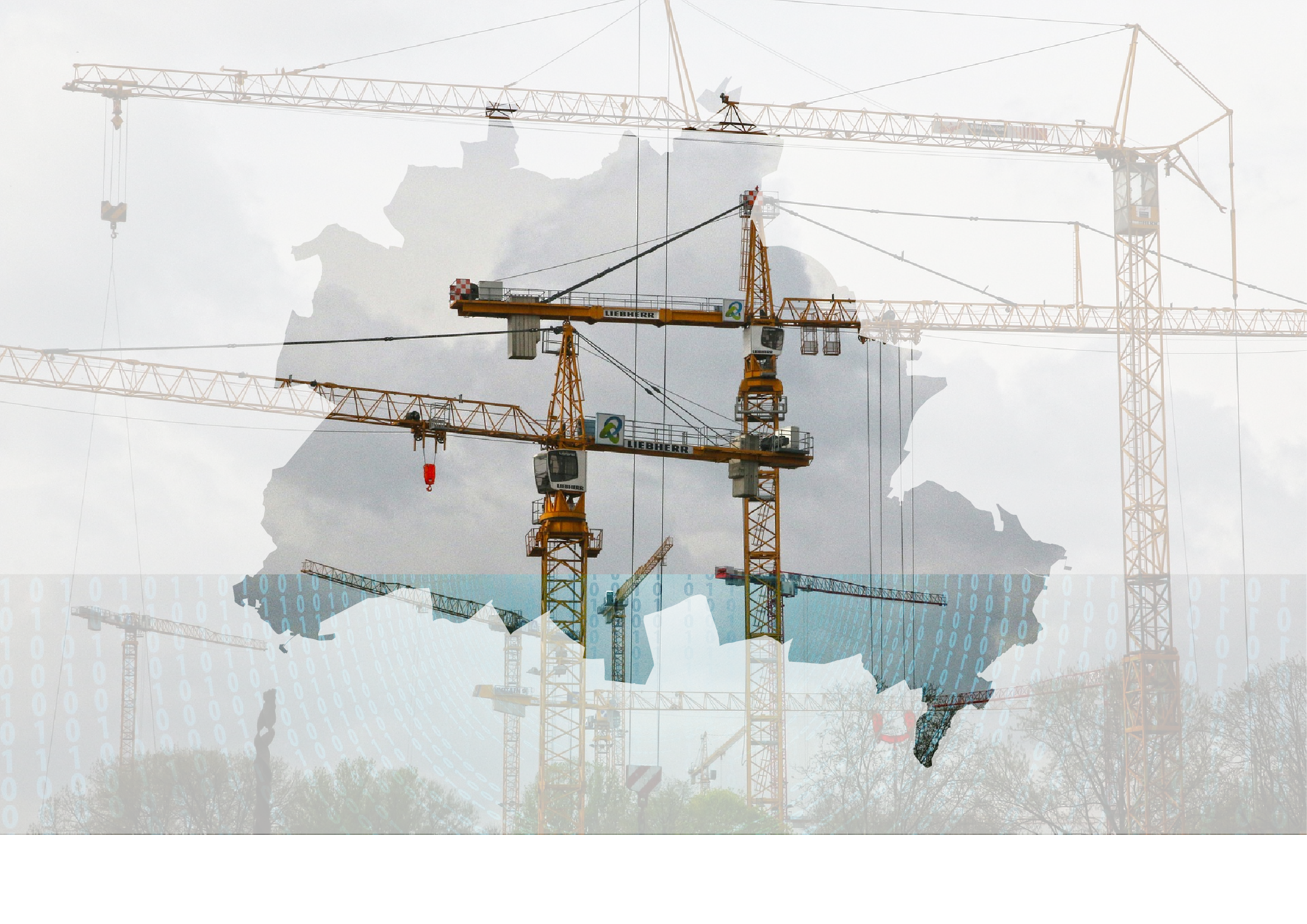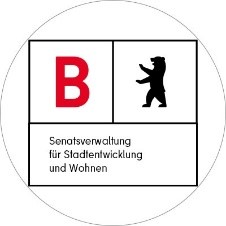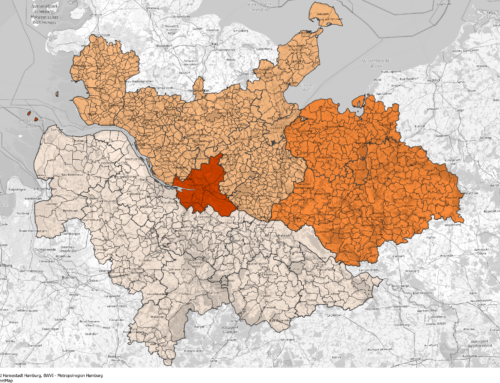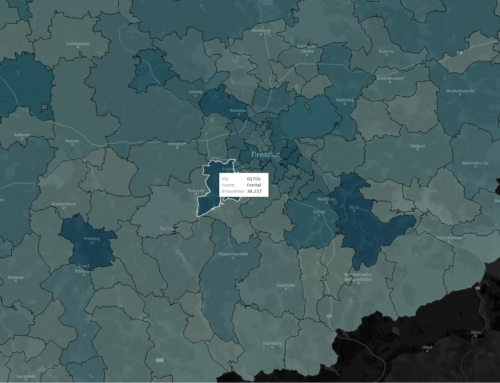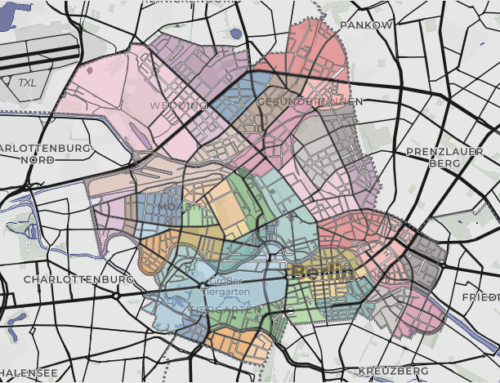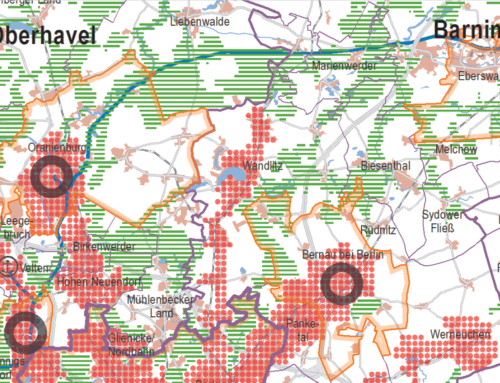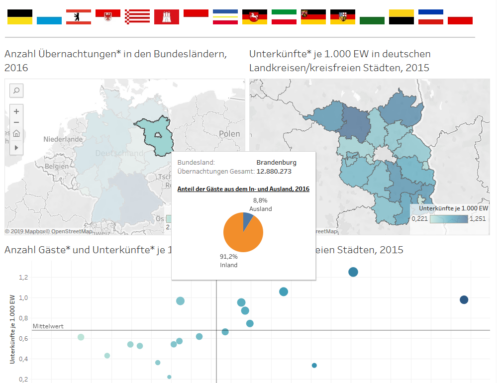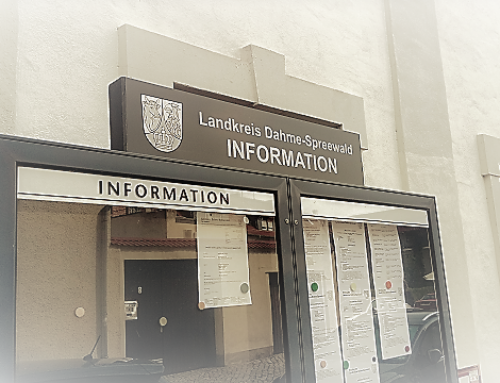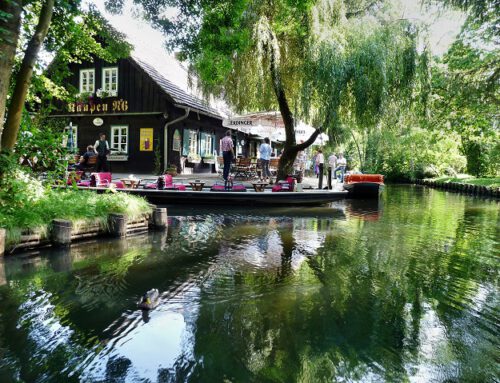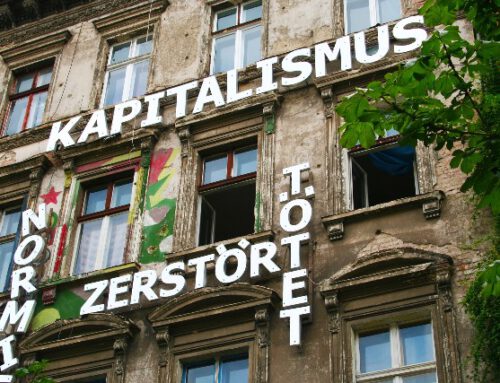Development of a methodology for GIS-based monitoring of annual small-scale housing completions in the state of Berlin
Project description
Berlin's strong population growth in the 2010s has led to a high demand for housing. Numerous measures have caused private and public developers to carry out, plan and prepare a large number of construction projects.
In order to obtain a city-wide overview of the (foreseeable) occurrence of new housing construction, the Senate Department for Urban Development and Housing (SenStadtWohn) has introduced an internal information system. It indicates where, when and how many new flats are to be built in larger projects. It thus serves different actors and purposes within the administration and politics. It is used, for example, as a planning basis in the Urban Development Plan for Housing (StEP Housing) is used. There it is the basis for the derivation of quantity structures and the formulation of needs and foreseeable developments.
Another source is used for the StEP Wohnen (and other housing-related planning and monitoring tasks): the Construction completion statistics of the Berlin-Brandenburg Statistics Office (AfS). This indicates, for example, how many buildings and flats, subdivided according to several criteria, were completed within a year. Regularly, at least annually, the two sources (SenStadtWohn internal information system and AfS data) have so far been synchronised manually in order to separate small-scale housing projects from the larger projects. The focus is on small-scale housing completions, also referred to as "ground noise". They contribute an important component to the growth of Berlin's housing supply.
With the project I am supporting, SenStadtWohn intends to automate these previously manual processes and to make them transparent and comprehensible. In this way, resources are to be saved in the future and the efficiency of the recurring work is to be increased. The automation is to be carried out mainly with a geographic information system (GIS). In the future, the machine solution to be developed should be usable by employees within the administration independently and without great effort. In this project, I support the definition of goals as well as the development and implementation of methods.
Further information
Period
June – December 2021
Project partners
none
Keywords
Berlin
Urban development
Official statistics
Building completions
Official statistics
GIS


